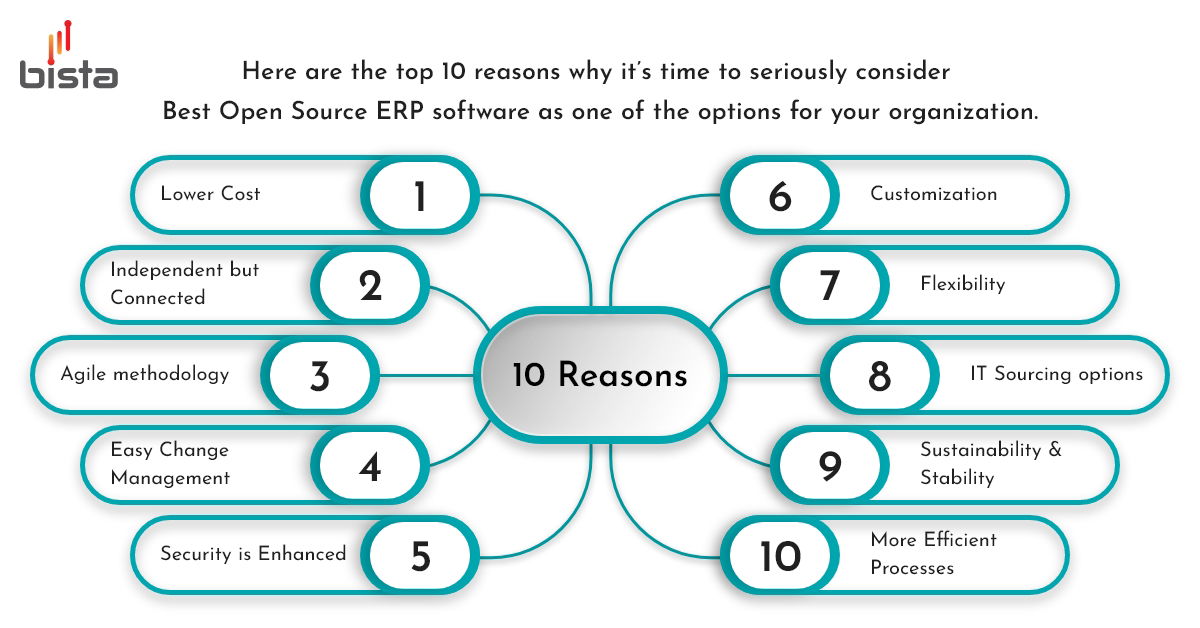Odoo OpenERP v 7.0 Magento connector
Magento has pretty much taken over the eCommerce technology space, and we get that question more than any other. So for everyone that stumbles on this article in your search for your eCommerce technology, I hope this provides a little help on your journey.
Magento is considered as the most preferred eCommerce platform built on open-source technology. Using Magento the online merchant gets flexibility and control over the content, functionality, and design of their eCommerce store. Its rich features include functions like Search Engine Optimization [SEO], marketing and catalog management that are very important for e-commerce business.
There are many platforms available where an e-Commerce vendor can choose from, but there is no discussion that Magento is considered as one of the most influential e-Commerce platforms. The reason behind this is being the Open source; Magento is one of the strong eCommerce platforms available today. Another important advantage of using Magento is that it enables the store owner to install, run & customize it easily. Also, the free version is packed with amazing features to help customers.
Advantages of using Magento with OpenERP version 7:
- Quick operation
- Easy integration with 3rd party tools
- Categories and Product management
- Shipping management, order management
- Customization as per user requirements.
- Strong Open source community
- Other support services are available
- Clean User Interface
- SEO friendly
Integration of Magento with OpenERP v 7.0 helps the merchant to sell on different online platforms. Also the eCommerce vendors can manage various stores with the help of one tool. Another significance of integration of Magento with OpenERP for ecommerce merchants is that they can handle same inventory for their different stores.
OpenERP v 7.0 integration streamlines the business process for the online merchant using Magento platform. All the orders on the Magento website can be processed within OpenERP v 7.0 thereby reducing the hassle.
For more information contact our Sales Team : sales@bistasolutions.com



 Do not that since the software is available freely it doesn’t mean of low value in terms of features – the features and capabilities of Open source ERP software is much way stronger than proprietary. There are community members who are contributing towards new ideas everyday to help various organizations. Same as Wikipedia users contribute to make the article stronger enough for the users.
Do not that since the software is available freely it doesn’t mean of low value in terms of features – the features and capabilities of Open source ERP software is much way stronger than proprietary. There are community members who are contributing towards new ideas everyday to help various organizations. Same as Wikipedia users contribute to make the article stronger enough for the users.



